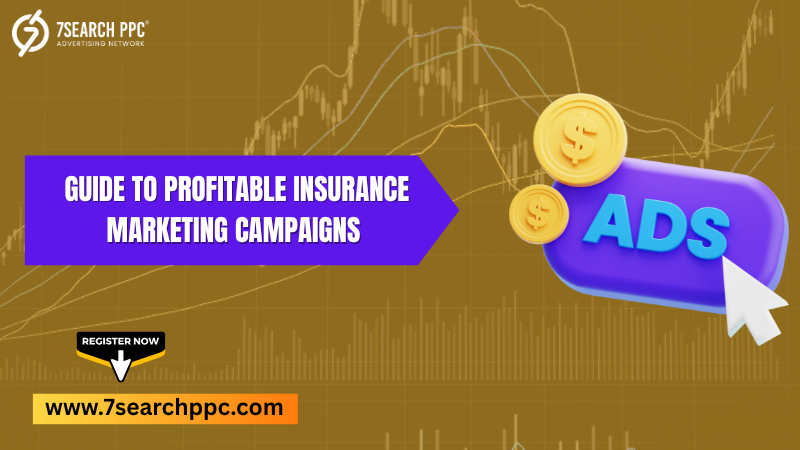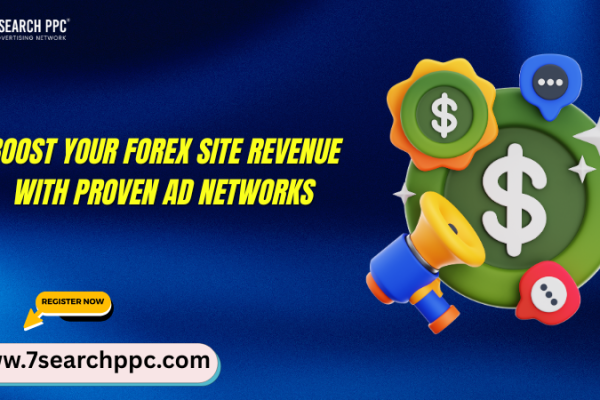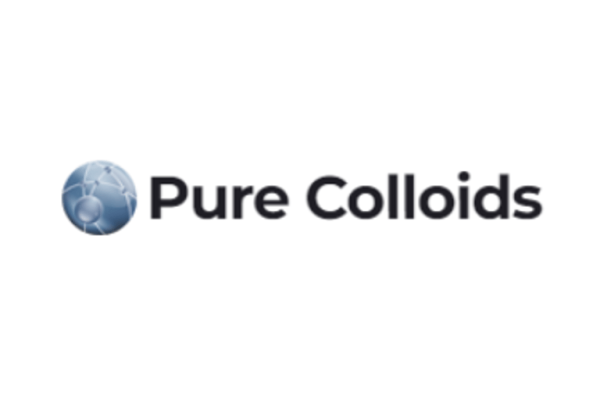In today’s fiercely competitive landscape, Insurance Marketing has evolved into a sophisticated discipline that demands precision, personalization, and performance-driven tactics. As a media buyer, your mission is to craft campaigns that not only reach the right audience but also resonate emotionally, drive measurable ROI, and establish your brand’s authority. This comprehensive guide unpacks the essentials of Insurance Marketing, from foundational concepts to advanced strategies, ensuring your next campaign is both profitable and impactful.
What is Insurance Marketing?
At its core, Insurance Marketing refers to the strategic process of promoting insurance products—life, health, auto, property, and more—to potential policyholders. It blends traditional advertising channels with cutting-edge digital techniques such as insurance digital marketing, insurance display ads, and targeted social media outreach. The goal is to educate prospects about coverage options, build trust, and ultimately convert interest into policy purchases.
Key aspects include:
Audience segmentation, to tailor messaging for different demographics
Value proposition articulation, to clearly communicate why your insurance solution stands out
Regulatory compliance, ensuring all materials adhere to industry standards and legal requirements
By mastering these elements, media buyers can optimize ad spend, increase conversion rates, and drive sustainable growth for insurance carriers and agencies.
How Insurance Marketing Works
Effective Insurance Marketing operates through a multi-stage funnel:
Awareness
Attract broad audiences via channels like display networks, programmatic ads, and insurance display ads on premium publisher sites.
Interest
Engage curious prospects with educational content—blog posts, webinars, and interactive tools that demystify insurance jargon.
Consideration
Retarget website visitors and content engagers with personalized offers, leveraging PPC for insurance campaigns on search engines and social platforms.
Conversion
Drive users to quote engines or agent contact forms, using compelling calls-to-action (CTAs) and streamlined lead-capture flows.
Retention & Advocacy
Nurture policyholders through email sequences, loyalty programs, and referral incentives—maximizing lifetime value and generating organic word-of-mouth.
Crucial metrics at each stage include click-through rate (CTR), cost per acquisition (CPA), lead quality score, and customer lifetime value (CLV). By continuously analyzing these KPIs, media buyers refine ad creatives, adjust bidding strategies, and allocate budgets to the most lucrative channels.
Benefits of Insurance Marketing
Investing in robust Insurance Marketing strategies yields numerous advantages:
Enhanced Brand Visibility
Consistent presence across search engines, social media, and display networks cements your brand’s authority in the minds of consumers.
Higher-Quality Leads
Precision targeting and dynamic ad creative deliver more qualified prospects, reducing wasted spend and boosting conversion ratios.
Scalable Growth
Digital channels offer granular control over budgets and audience segments, enabling media buyers to scale campaigns up or down based on performance.
Data-Driven Optimization
Real-time analytics empower continuous improvement—testing headlines, images, ad formats, and audience cohorts to maximize ROI.
Competitive Edge
Early adopters of advanced tactics like AI-powered ad optimization and programmatic buying stand out in a crowded marketplace with eye-catching best insurance ads.
By leveraging these benefits, agencies and carriers can outperform competitors, increase market share, and foster long-term customer relationships.
Strategies of Insurance Marketing
Insurance agencies must diversify their mix of channels and tactics to reach audiences effectively. Below, we explore key categories and how to tailor them to your niche.

Niche Targeting
Specialized campaigns that speak directly to verticals—such as pet insurance, senior health plans, or commercial liability.
Why it matters: A tailored message resonates more deeply, improving engagement and conversion.
Example: A campaign focused on “family life insurance” highlighting parental peace of mind.
Traffic Type
Selecting the right traffic sources is critical:
Organic Search
Long-term content marketing and SEO optimize for queries like “compare auto insurance quotes.”
Paid Search (PPC for Insurance)
Paid campaigns bid on high-intent keywords, ensuring your ads appear at the moment consumers seek coverage.
Display & Programmatic
Insurance displays ads on relevant sites (e.g., auto blogs, finance forums) for broad reach and retargeting.
Social Media
Platforms such as Facebook and LinkedIn allow demographic and interest-based targeting for personalized messaging.
Geo Focus
Localizing campaigns ensures relevance and compliance:
State-Level Restrictions
Insurance is heavily regulated by the state; tailor messaging to adhere to each jurisdiction’s guidelines.
Localized Creative
Use region-specific imagery (landmarks, cultural cues) to foster trust with local audiences.
Pinpoint Targeting
Hyperlocal tactics enable micro-targeting down to ZIP codes or neighborhoods with high lead potential:
Geo-fenced mobile ads around car dealerships, funeral homes, or real estate offices
IP-based retargeting for website visitors from specific regions
By combining niche, traffic type, geo focus, and pinpoint targeting, media buyers craft campaigns that deliver the right message, to the right person, at the right place, and at the right time.
>>>Get Instant Exposure – Start Your Ad Campaign Here<<<
Emotional Touch and ROI
While data and analytics drive optimization, emotional resonance catalyzes action. Insurance Marketing must tap into the underlying concerns and aspirations of prospects:
Security & Peace of Mind
Stories of families protected from unforeseen medical emergencies or accidents evoke comfort and trust.
Empowerment & Control
Messaging that positions coverage as a proactive step towards financial independence resonates with self-reliant audiences.
Empathy & Understanding
Acknowledge pain points—such as rising healthcare costs or accident liabilities—and present insurance as a caring solution.
Pair these emotional narratives with clear ROI metrics:
Track cost per lead and conversion rates to demonstrate measurable gains.
Calculate payback periods—e.g., “Every ₹1,000 spent on PPC for insurance yields ₹5,000 in annual premiums.”
Use A/B tests to quantify the uplift from emotionally-driven ads versus purely informational ones.
This dual focus on heart and numbers ensures that your campaigns not only connect deeply but also deliver transparent, profitable outcomes.
Unique Selling Proposition (USP)
A compelling USP differentiates your insurance offering in a crowded market. Consider:
Speed & Convenience
“Get a quote in 60 seconds—no hidden questions.”
Tailored Coverage
“Customizable plans designed around your family’s needs.”
Best-in-Class Support
“24/7 claims assistance with a human touch.”
Innovative Discounts
“Save up to 20% with our safe-driver program.”
Communicate your USP prominently in headlines, ad copy, and landing pages to ensure prospects immediately grasp the unique advantage you provide.
Choosing the Right Channel
Selecting the optimal channels for your Insurance Marketing mix hinges on audience behavior, budget, and campaign objectives:
Search Engines (PPC for insurance)
Ideal for capturing high-intent searches. Allocate a significant budget to competitive keywords like “life insurance quotes” and “health insurance plans.”
Display Networks (insurance display ads)
Build awareness among in-market audiences using targeted placements and retargeting pixels.
Social Platforms
Use Facebook and LinkedIn for demographic and professional targeting—particularly effective for products like business liability insurance.
Native Advertising
Blend your messaging into editorial content on finance and health websites for seamless engagement.
Affiliate Partnerships
Collaborate with bloggers, comparison sites, and influencers to expand reach on a performance basis.
Among these, incorporate 7Search PPC as a strategic channel for specialized insurance campaigns. With its competitive CPC rates and niche publisher network, 7Search PPC enables media buyers to access untapped audiences, drive cost-effective leads, and maximize return on ad spend.
Conclusion
Mastering Insurance Marketing requires a balanced blend of strategic planning, emotionally resonant creative, precise targeting, and data-driven optimization. By understanding what insurance marketing entails, how it functions, and the benefits it offers, media buyers can harness diverse channels—from PPC for insurance and insurance advertising to innovative native placements—to generate high-quality leads and sustainable growth.
Frequently Asked Questions (FAQs)
What budget should I allocate for PPC for insurance campaigns?
Ans. The budget depends on competitive keyword costs and desired lead volume. Start with a test budget of ₹50,000–₹100,000 per month, monitor cost per acquisition, then scale based on performance metrics.
How can I improve the effectiveness of insurance display ads?
Ans. Use dynamic creative optimized for user behavior, implement frequency caps to avoid ad fatigue, and retarget engaged visitors with tailored offers. Regularly refresh visuals and messaging to maintain interest.
Which metrics are most important for measuring ROI in insurance digital marketing?
Ans. Key metrics include cost per lead (CPL), conversion rate, customer lifetime value (CLV), and payback period. Additionally, monitor engagement metrics like CTR and time on site to gauge creative performance.







